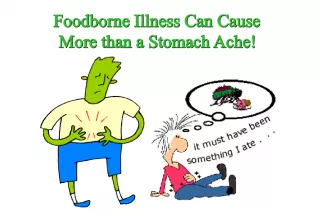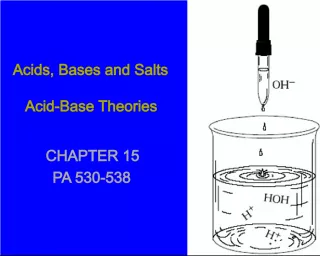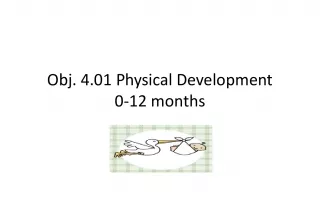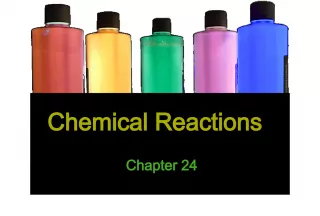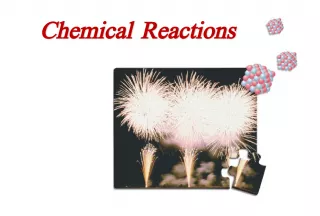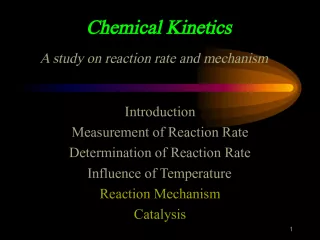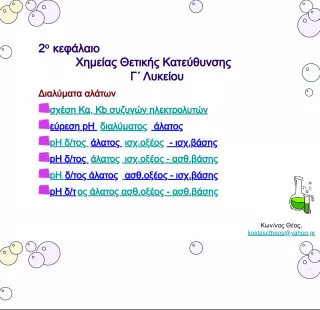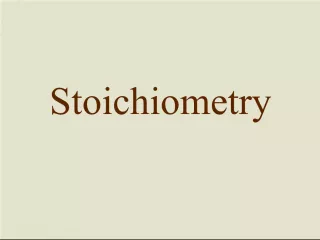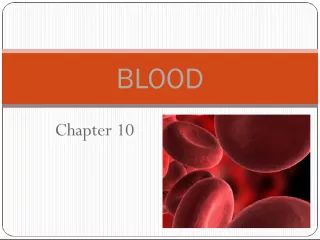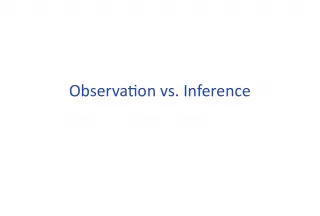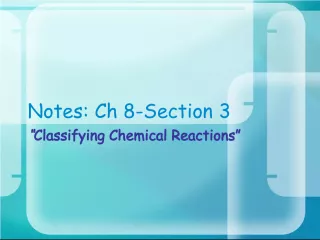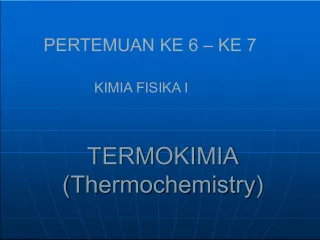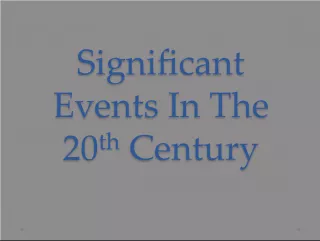Chemical Senses: A Closer Look at Taste and Smell
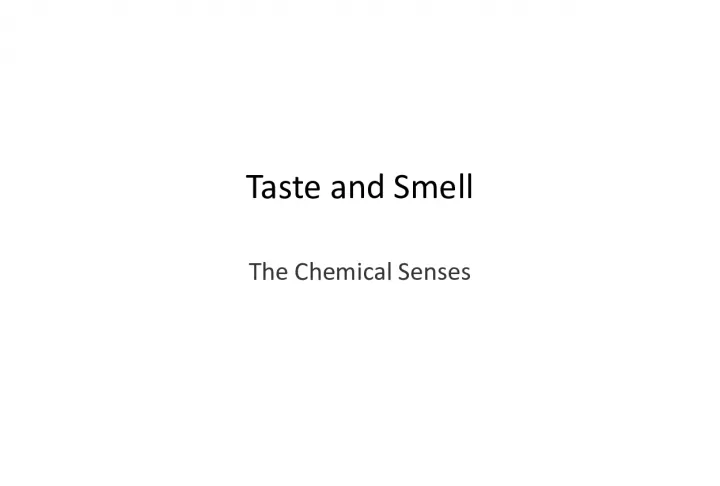

The chemical senses of taste and smell play a crucial role in our sensory experiences. These specialized senses rely on receptors that interact with specific molecules to generate an action potential. The integration of these receptors with different tissue types makes them an organ. This article explores the functionalities of these senses with a specific focus on G protein-coupled receptors.
- Uploaded on | 0 Views
-
 paulina
paulina
About Chemical Senses: A Closer Look at Taste and Smell
PowerPoint presentation about 'Chemical Senses: A Closer Look at Taste and Smell'. This presentation describes the topic on The chemical senses of taste and smell play a crucial role in our sensory experiences. These specialized senses rely on receptors that interact with specific molecules to generate an action potential. The integration of these receptors with different tissue types makes them an organ. This article explores the functionalities of these senses with a specific focus on G protein-coupled receptors.. The key topics included in this slideshow are chemical senses, taste, smell, receptors, G protein-coupled receptors,. Download this presentation absolutely free.
Presentation Transcript
1. Taste and Smell The Chemical Senses
2. The Chemical Senses Specialized to detect chemicals dissolved in a fluid The fluid may be saliva, mucous, or blood plasma Rely on receptors that interact with specific molecules to generate an action potential Receptors are integrated with two or more tissue types making them fit the definition of organ
3. Example: G protein-coupled receptor
4. Smell (Olfaction) Detected by thousands of chemoreceptors located in the upper wall of the nasal cavities Receptors located in a small space about square inch and are associated with other cells to form the olfactory organs These receptors are capable of gathering up to 50 individual sensations which are combined in the brain to an almost infinite number of smells
7. Smell The number of individual sensations decreases with age and varies with individuals The receptor cells are neurons embedded within the mucous membrane of the nasal epithelium The dendrites of these cells are known as olfactory hairs, which physically interact with odorants, and the axons extend into the olfactory bulb of the brain
8. Olfactory Pathway Inhaling causes gas molecules to move into the nasal cavity where they dissolve into mucous Begins with olfactory hairs of receptor cells interacting with molecules; if an action potential is generated, it will move up to the olfactory bulb, located beneath the origin of the olfactory nerves
10. Olfactory Pathway From the olfactory bulb the impulse continues along to the frontal lobes of the cerebral cortex for interpretation This makes smells linked very powerfully to memories
11. Taste The sense of taste is also known as gustation Often works with smell to gain a complete analysis of the sensation Special organs of taste are known as taste buds and approximately 10,000 are located on the surface of the tongue within small elevations known as papillae Other taste buds may be found on the roof of the mouth and walls of the pharynx
13. Taste Each taste bud has several taste receptors, known as gustatory cells The free ends of gustatory cells have microvilli, called taste hairs that project through an opening in the taste bud known as a taste pore At the base of the gustatory cells is a network of sensory nerve fiber endings
15. Taste There are five primary tastes: sweet, sour, bitter, salty, and savory (or umami) Combinations of these sensations produce distinct flavors along with the sense of smell
16. Gustatory Pathway If an action potential is produced by a gustatory cell, the nerve impulse travels up the cranial nerve to the medulla oblongata before being directed to the gustatory center in the cerebral cortex
